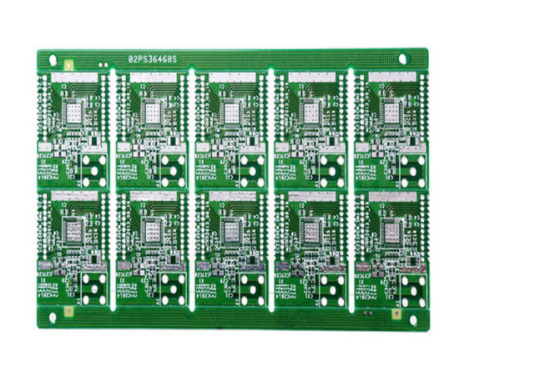Is PCB characteristic impedance related to frequency?
When we refer to characteristic impedance, we usually rarely consider its relationship with frequency. The reason is that the characteristic impedance is a fairly stable property of the transmission line, which is mainly related to the structure of the transmission line, that is, the shape of the cross section. From the engineering point of view, it is reasonable to regard the characteristic impedance as a constant quantity. To be honest, after so long of SI design, I haven't encountered a situation where the characteristic impedance change needs to be considered.
Generally, this website introduces the SMT processing process and the problems in the PCBA board. Since this problem is to be considered today, then we will go a little deeper to see the true face of the characteristic impedance. Although there is not much engineering application value, it is still good for understanding the problem.

The characteristic impedance is a quantity often mentioned in the theoretical analysis of transmission lines. From the perspective of transmission lines, it can be expressed by the following formula Z0=√ ̄(L/C).
L is the inductance per unit length of the transmission line, and C is the capacitance per unit length. At first glance, it seems that there is no amount of change in the formula. But is the characteristic impedance really a constant quantity? We use Polar software to perform frequency sweep calculation on a transmission line with a fixed cross-section, and the frequency range is set at 100MHz~10GHz
In fact, this involves a deep-seated problem in electromagnetics. The culprit is inductance! Inductance is a very complicated problem. The theoretical calculation of inductance is very tedious. Interested netizens can find information to see the calculation of inductance. I will not write the detailed derivation process here. Simply put, the inductance of a wire consists of two parts: the internal inductance of the wire and the external inductance of the wire. When the frequency increases, the internal inductance of the wire decreases, the external inductance remains unchanged, and the total inductance decreases, which leads to a decrease in the characteristic impedance.
We know that the definition of inductance refers to the number of turns of magnetic flux around the current. Inductance decreases with frequency, and our intuition tells us that the current distribution in the wire must have changed. At this point, I think all netizens should be suddenly enlightened. You must be familiar with the skin effect.
When the frequency increases, the current concentrates on the surface of the wire, the current density inside the wire decreases, and of course the inductance decreases. The essence of inductance is the number of turns of magnetic flux around the current. Pay attention to the phrase "around the current". Assuming that there is an extreme situation, the current inside the wire completely disappears, and all the current is concentrated on the surface of the conductor. Of course, the lines of magnetic force cannot surround the current inside, and the internal inductance disappears. The total inductance of the wire decreases, and the reduced part is the internal inductance of the wire. Of course, this statement is not rigorous, but it is very helpful for intuitive understanding.
in conclusion:
1. The characteristic impedance of the transmission line is indeed related to the frequency. As the frequency increases, the characteristic impedance decreases, but it will gradually stabilize.
2. The reason for the change in characteristic impedance is that the inductance per unit length of the wire decreases as the frequency increases.
3. The change of this characteristic impedance is very small, and its influence is generally not considered in engineering applications. Just know that there is such a thing.
ipcb is a high-precision, high-quality PCB manufacturer, such as: isola 370hr PCB, high-frequency PCB, high-speed PCB, ic substrate, ic test board, impedance PCB, HDI PCB, Rigid-Flex PCB, buried blind PCB, advanced PCB, microwave PCB, telfon PCB and other ipcb are good at PCB manufacturing.